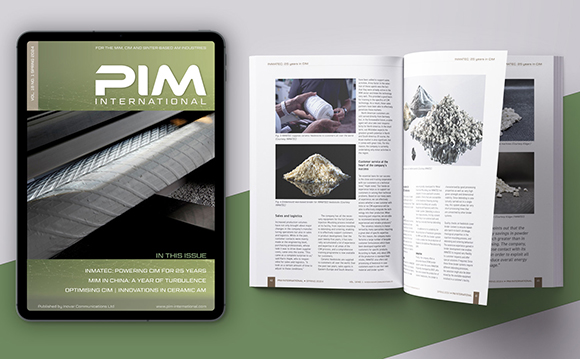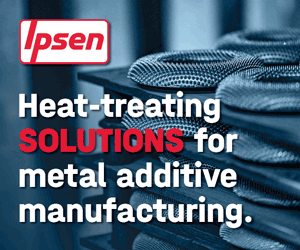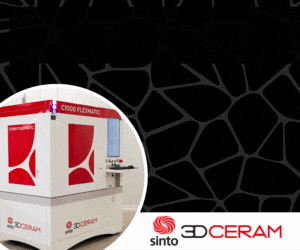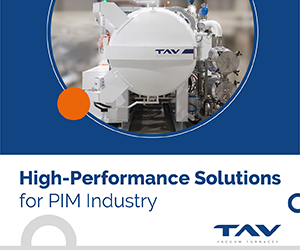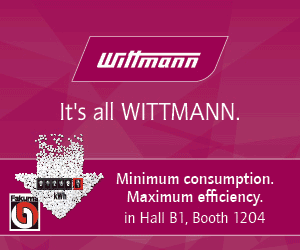Nissei moulds MIM SIM card holders at China exhibition
December 2, 2015
Nissei Plastic Industries Ltd, Hanishina-gun, Nagano-ken, Japan, is one of the country’s leading manufacturers of injection moulding machines, including those used for Metal Injection Moulding. In addition to its two manufacturing sites in Japan, Nissei also manufacturers injection moulding machines in Thailand (Amphur Pluakdaeng, Rayong) and China (Taicang City, Jiangsu). The company claims to have sold more machines to the MIM sector than any of its Japanese competitors and sees great potential for its products in the rapidly growing MIM market in China, especially in the smartphone sector.
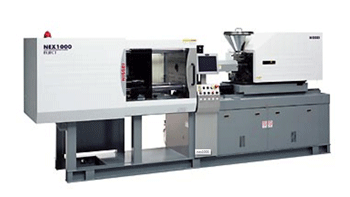
Nissei’s NEX80IIIT-5E electric MIM machine was seen producing MIM SIM card holders at 17th DMP Dongguan, China
The company recently demonstrated its electric injection moulding machine NEX80IIIT-5E at the 17th DMP China Dongguan International Plastics, Packaging & Rubber Exhibition held in Dongguan, China (November 18-21), producing MIM SIM card holders using SUS630 stainless steel feedstock in a four-cavity mould. The NEX80IIIT-5E has a clamping force of 784 kN (80 ton) and is produced at the company’s Taicang factory as part of the electric injection moulding NEX-IIIT Series.
The NEX80IIIT-5E machine is said to feature higher injection velocity response and pressure achieved by adopting a low inertia servomotor and a customised injection unit. Further, higher injection/plasticisation precision and wider mouldable range are achieved by optimising the barrel temperature control and yield is improved by the high-precision metering control.
Nissei’s linear pressure toggle system, it is stated, not only possesses advantages of a toggle mechanism with particularly fast moulding cycles, but it is also designed to possess performance similar to a hydraulic direct clamping machine. Automatic clamping force adjustment and direct clamping force setting are featured as standard. Automatic clamping force adjustment automatically adjusts clamping force fluctuations caused by increasing mould temperature during automatic operation, whilst direct clamping force setting permits changing of the clamping force setting during automatic operation.




